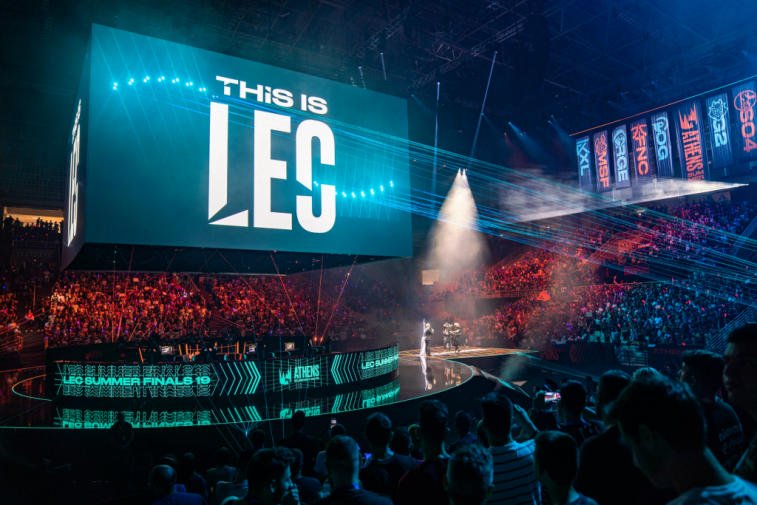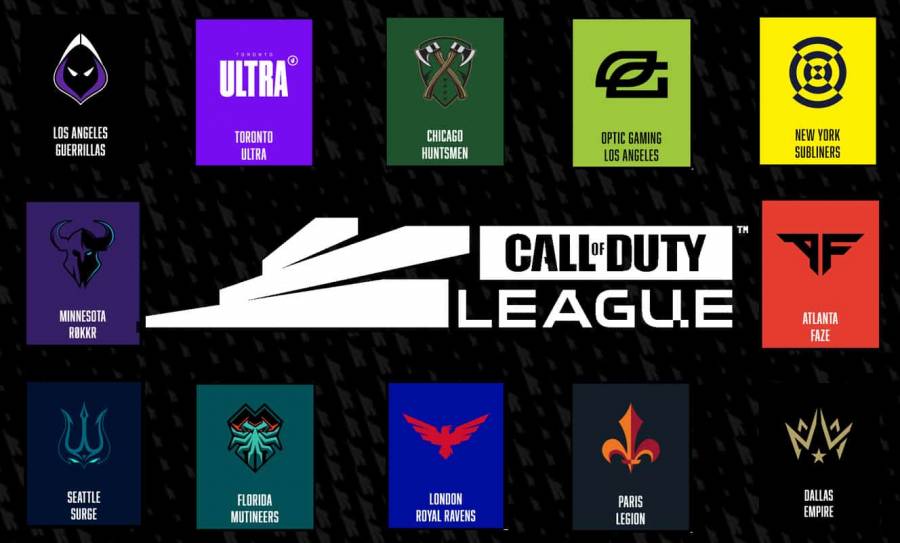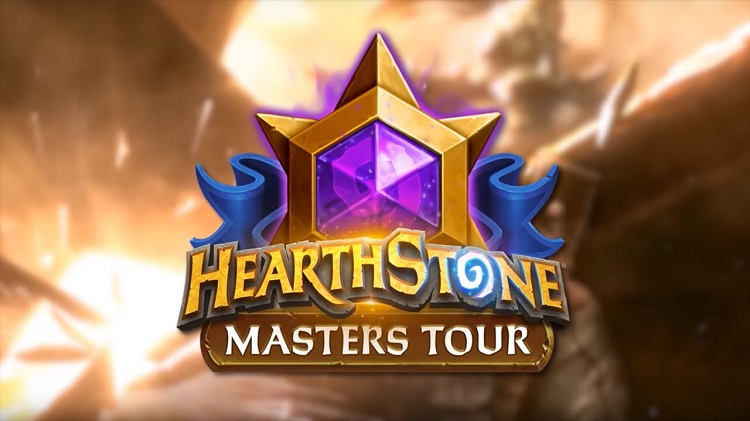Within the esports industry, a constantly shifting esports tier list exists. While this may vary between sources, here at esportsguide we have our own list and criteria for it. Below is an official listing together with explanations.
Tier 1
- CS:GO
- League of Legends
- Dota 2
- Rainbow Six Siege

A tier 1 esport consists of consistent viewership and strong prize pools. Beyond that, a premier league or circuit is organized across the year. Accordingly, the title is also constantly shifting through in-game changes and due to this, there are opportunities for amateurs to breakthrough.
Tier 2
- Call of Duty
- Overwatch
- Fortnite
- Hearthstone
- Rocket League
- StarCraft II

Evidently, Tier 2 is in the middle. These are titles which have grown considerably since launch and have a form of competitive framework. However, due to a lower viewership or number of events, they aren’t considered Tier 1. An example if Fortnite – although an event such as the Fortnite World Cup is spectacular, the rest of the year is rather uneventful and the esports scene is suffering.
Tier 3
- FIFA
- Super Smash Bros.
- StarCraft
- Heroes of the Storm
- VALORANT
- PUBG/PUBG Mobile
- SMITE
- Kings of Glory/Arena of Valor

Here in Tier 3, the esport is either being held back by the developers or the community. These are usually either younger titles still finding their footing or older ones accepting their lower tier fate. A low number of events populate the year with lower prize pools, resulting in lower viewership.
Note that the Tiers are observable as of August 2020, as they constantly change and evolve. A strong example is VALORANT which is only starting out yet has phenomenal potential for the future. Esports may also fall down the esports tier list, usually due to some internal problems.
In conclusion, do note that this list is opinionated and may vary from site to site. Our news and event coverage usually corresponds to the esports tier – with Tier 1 garnering the most attention.
For more news visit: https://www.esportsguide.com/news.
